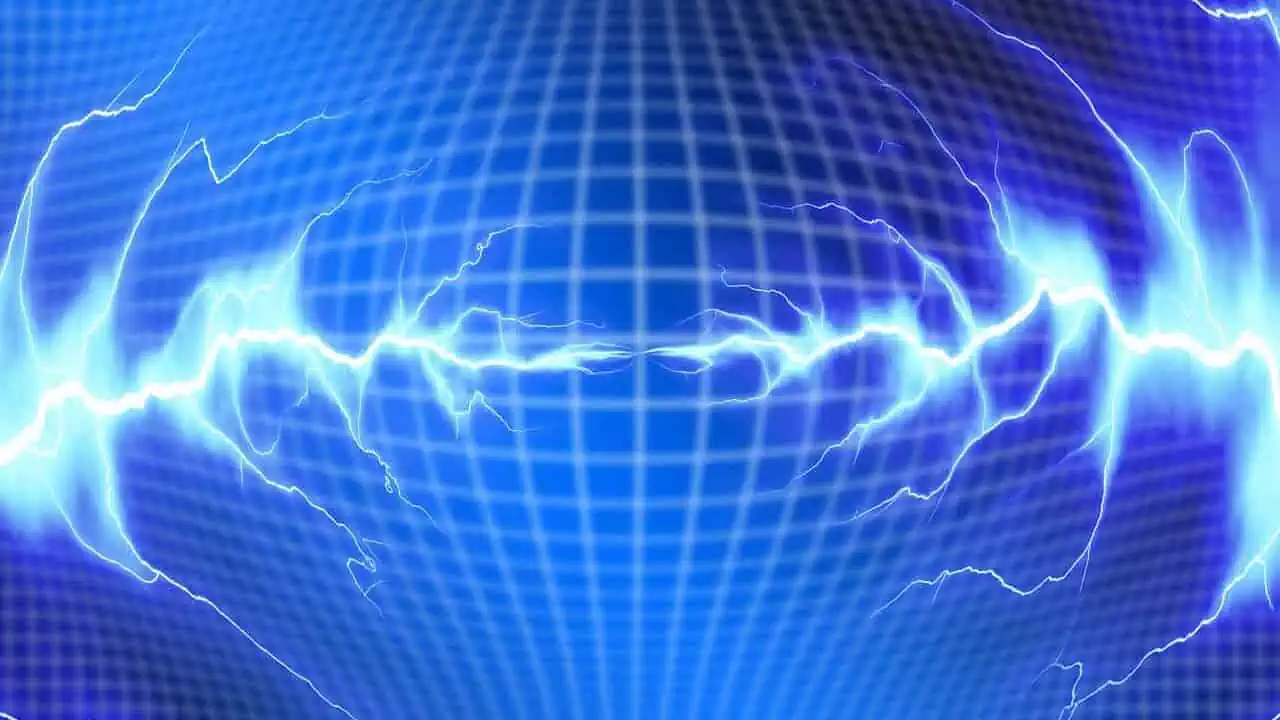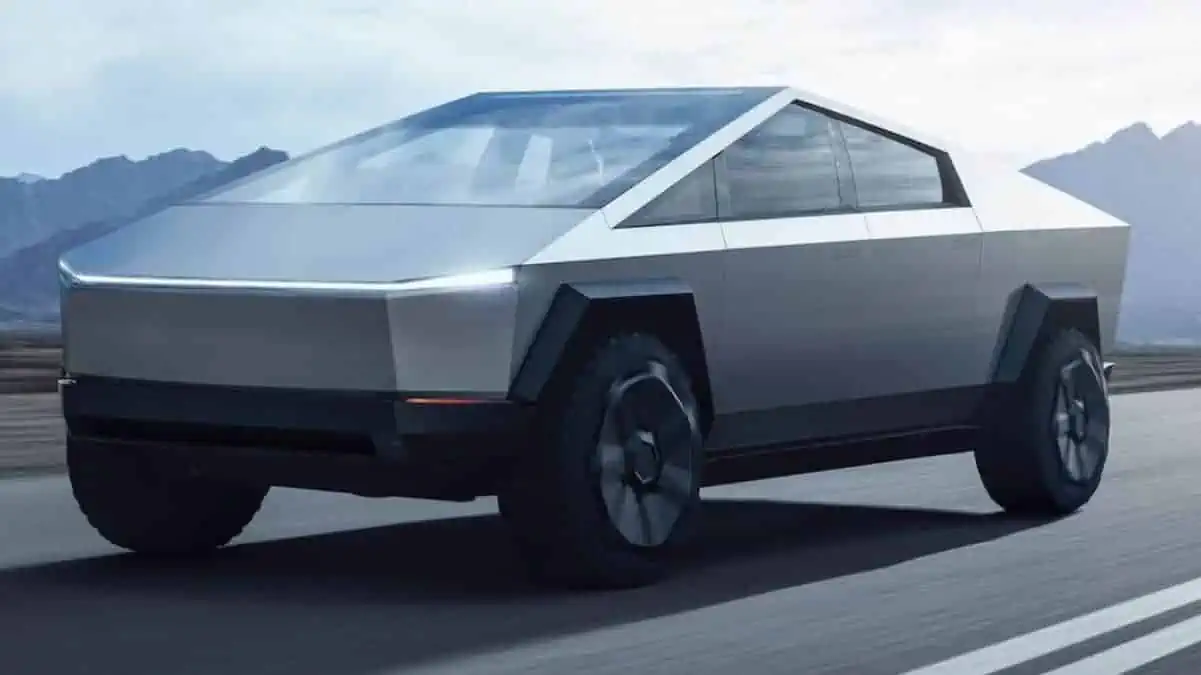Get ready to charge up because the future is electric! In a groundbreaking deal, the network has pledged to power up the upcoming USPS electric fleet with a whopping 41,500 EV chargers. This means that wherever the roads take, our trusty postal carriers, they’ll be able to keep their electric vehicles juiced up and ready to deliver the goods. It’s time to say goodbye to gas guzzlers and hello to a greener tomorrow – and this deal is just the spark we need to get there!
In a swift move towards a more sustainable future, the USPS has announced that it will only purchase electric vehicles after 2026, just three months after declaring its plan to phase out internal combustion delivery trucks.
The USPS moved significantly towards a greener future last year, announcing a historic investment of $2.98 billion in 50,000 electric delivery trucks from Oshkosh Defense. Doubling their initial order, this decision represents a significant step forward in the transition to clean energy and reduced carbon emissions.
Recently, it was revealed that Ford had won a contract to supply the USPS with 9,250 E-Transit Vans, but the agency will also acquire 9,250 Ram ProMaster vans in the next two years to meet its immediate need for new vehicles. Additionally, the agency has plans to purchase at least 66,000 fully electric vehicles over the next seven years.
Multiple vendors to supply charging equipment for USPS
Although the Blink deal is a massive victory for the network, it won’t be the USPS’s only source for charging technology. The US Postal Service said it would purchase equipment for $260 million from two more vendors: Rexel Energy Solutions and Siemens. For the USPS, Blink will provide its Series 7 dual-port charger, which has many EV charging options and can deliver up to 80 amps (19.2 kW) of electricity from each port.
Blink Mobile Charger
It was announced almost three years ago that Blink was introducing a mobile charging solution, particularly for roadside assistance businesses. The standalone charger resembled a gasoline-powered generator with a Blink level 2 charger. The device may provide 40 amps and up to 9.6 kW of EV charging power. The second-generation gasoline-powered mobile charger from Blink was shown last week. It is much smaller (230 lbs as opposed to 354 lbs), making it simpler to carry about when necessary. Nevertheless, it is less potent than the previous generation and can only provide 32-amps, or 7.7 kW, at this time. The cost has not yet been made public.
Blink claims that the mobile charger can add up to one mile of charge each minute, but at 7.7 kW, the vehicle would need to add around eight miles per kWh, which is not even close to what any production car can promise. But electric motorcycles can do that, and even better, so it’s possible that Blink was speaking about charging an electric motorcycle.
With its maximum output of 32 amps, the charger can run continuously for 5 hours without refuelling its 6.1-gallon gas tank. A J1772 to Tesla converter can charge any North American-sold electric car because it comes with a 23-foot cable and J1772 connection. The device has two networking options: Wi-Fi networking or remaining unconnected. The networked design enables EV drivers to pay to charge from it through their Blink account and pay for the power received. At the same time, the non-networked option permits roadside assistance businesses to use it without authorisation.
There is a need for this kind of gear even if employing a gasoline generator isn’t the best configuration for mobile EV charging.






